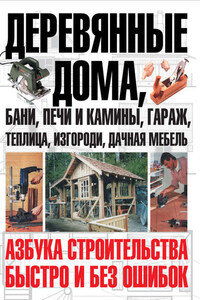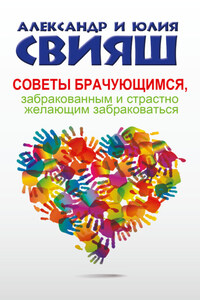У глосарії з медичної термінології наводяться медичні терміни двома мовами: українською та англійською і подається їх короткий опис. У глосарії терміни подаються відповідно до органів та систем людського організму, їх патології, діагностики та лікування. Глосарій буде корисним для медичних працівників, людей, які займаються перекладами медичної літератури та широкої публіки.
The presented glossary on medical terminology provides medical terms in Ukrainian and English and provides a brief description of them. In the glossary, the terms are given in accordance with the organs and systems of the human body, their pathology, diagnosis, and treatment. The glossary will be useful for medical professionals, people who translate medical literature, and the general public.
Секція 1. Системи Тіла Людини
Section 1. Human Body System
1.1. У тілі людини розрізняють системи: шкірну, кісткову, м'язову, травну, дихальну, сечовидільну, нервову, лімфатичну та кровоносну, серцево-судинну, ендокринну та репродуктивну.
Human body systems include the integumentary, skeletal, muscular, digestive, respiratory, urinary, nervous, blood and lymphatic, cardiovascular/circulatory, endocrine, and reproductive systems.
1.1.1. Шкірна або покривна система – це система органів, що складається зі шкіри, волосся, нігтів та екзокринних залоз.
The integumentary system is an organ system consisting of the skin, hair, nails, and exocrine glands.
1.1.2. Кісткова система дорослої людини (скелет) складається з 206 кісток, з'єднаних між собою хрящами, сухожиллями і зв'язками. Скелет забезпечує жорстку основу для людського тіла, захищає внутрішні органи та дозволяє пересуватися.
The skeletal system consists of 206 bones. It is the body's supporting framework and comprises bones and connective tissue, including cartilage, tendons, and ligaments. Protect internal organs from injury. Movement. Reservoir for storing minerals. Blood cell formation (hematopoiesis). It's also called the musculoskeletal system.
1.1.3. М'язова система людини. М'язову систему становить приблизно 600 м'язів, які забезпечують пересування тіла у просторі, підтримку пози, процеси дихання, жування, ковтання, промови, що у роботі внутрішніх органів тощо.
The muscular system is composed of specialized cells called muscle fibers. Their predominant function is contractibility. Muscles, attached to bones or internal organs and blood vessels, are responsible for movement. Nearly all movement in the body is the result of muscle contraction.
1.1.4. Травна система здійснює перетравлення їжі (шляхом її фізичної та хімічної обробки), всмоктування продуктів розщеплення через слизову оболонку в кров та лімфу, виведення неперетравлених залишків. Травна система людини складається з органів шлунково-кишкового тракту та допоміжних органів (слинні залози, печінка, підшлункова залоза, жовчний міхур та ін.).
The digestive system consists of the gastrointestinal tract plus the accessory organs of digestion. Digestion involves the breakdown of food into smaller and smaller components until they can be absorbed and assimilated into the body.
1.1.5. Дихальна система складається з носа, глотки, гортані, трахеї та легенів із бронхами. Газообмін здійснюється в альвеолах легень, і в нормі спрямований на захоплення з повітря кисню, що вдихається, і виділення у зовнішнє середовище утвореного в організмі вуглекислого газу.
The respiratory system consists of specific organs and structures for gas exchange (moving oxygen throughout the body and cleaning out waste gases like carbon dioxide). It includes airways, lungs, and blood vessels. The muscles that power the lungs are also part of the respiratory system.














